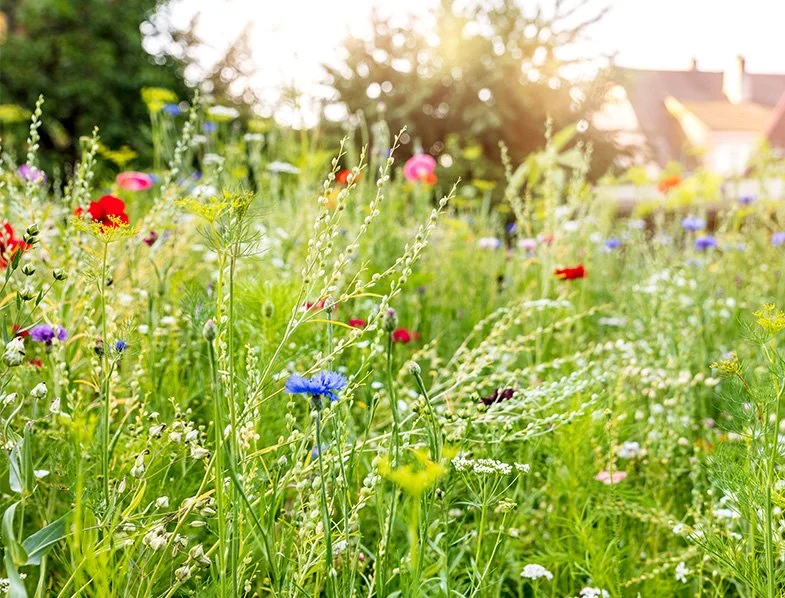
- What is a Wildflower Meadow?
- Benefits of Creating a Wildflower Meadow at Home
- Preparing Your Site for a Wildflower Meadow
- Step-by-Step Guide to Planting a Wildflower Meadow
- How to Maintain Your Wildflower Meadow
- Where to Buy Wildflower Seeds for Your Meadow
What is a Wildflower Meadow?
A wildflower meadow is a lush, natural garden filled with a variety of native wildflowers, grasses, and plants that grow in a freeform, less cultivated style compared to a traditional garden. Unlike conventional gardens, wildflower meadows are designed to mimic the beauty of natural landscapes, creating a harmonious, colorful, and low-maintenance environment. Wildflower meadows are not only beautiful but also eco-friendly, providing habitats for pollinators like bees, butterflies, and birds.
Benefits of Creating a Wildflower Meadow at Home
Creating a wildflower meadow in your own backyard has numerous benefits. Let’s explore some of the most compelling reasons to start your own meadow project:
1. Low Maintenance
Wildflower meadows require minimal upkeep once established. Unlike traditional lawns, they do not need frequent mowing, fertilization, or watering. This makes them an ideal choice for homeowners seeking a low-maintenance garden that still adds beauty to the landscape.
2. Environmental Impact
By cultivating a wildflower meadow, you contribute to biodiversity by supporting local pollinators and wildlife. Wildflowers are an essential part of the ecosystem, providing food and shelter for various species. You’ll also help improve soil health, as the diverse plant roots work together to enhance soil structure and reduce erosion.
3. Aesthetic Appeal
Wildflower meadows are visually striking, offering vibrant colors and textures throughout the seasons. The mix of blooming flowers, grasses, and plants creates a dynamic, ever-changing landscape that will be a delight to watch all year long.
Preparing Your Site for a Wildflower Meadow
Before you start planting your wildflower meadow, proper preparation of the site is essential for the success of your project. Here are the steps to follow:
1. Choose the Right Location
Wildflowers thrive in full sun, so choose a location in your yard that receives at least six hours of direct sunlight per day. Make sure the area is well-drained, as wildflowers do not do well in soggy, waterlogged soil.
2. Clear the Area
Clear the area of any existing grass, weeds, or debris. This may involve removing turf or weeds by hand, using a shovel, or even applying an herbicide. If you want to avoid chemical use, you can use natural methods like smothering with cardboard or using mulch to kill the grass and weeds.
3. Prepare the Soil
Wildflowers typically prefer poor to moderately fertile soil, so avoid over-fertilizing the area. To ensure the best results, loosen the soil with a rake or hoe to create a good seedbed. If your soil is compacted, you can amend it with compost to improve drainage and aeration.
Step-by-Step Guide to Planting a Wildflower Meadow
Once your site is prepared, you can move forward with planting your wildflower meadow. Follow these steps for a successful planting experience:
1. Choose the Right Seeds
Select a mix of wildflower seeds that are appropriate for your climate and soil type. It's essential to choose native plants that will thrive in your area. Many seed companies offer specially designed wildflower seed mixes based on your region. For example, if you live in a dry area, select drought-tolerant wildflowers.
2. Mix Seeds with Sand
To ensure even distribution, mix your wildflower seeds with sand. This will help you spread the seeds evenly over the area without clumping them together. It’s important to avoid over-sowing, as this can lead to overcrowded plants.
3. Scatter the Seeds
Spread the seed mixture evenly over the prepared soil. If your meadow area is large, you may want to use a broadcast spreader for a more uniform distribution. After spreading the seeds, lightly rake the soil to help the seeds make good contact with the earth.
4. Water Gently
Water the newly sown seeds gently to avoid washing them away. Keep the soil consistently moist until the seeds germinate. Once the plants are established, you can reduce watering frequency.
How to Maintain Your Wildflower Meadow
Maintaining a wildflower meadow is relatively easy, but there are a few essential tasks to ensure your garden flourishes:
1. Mowing and Deadheading
While wildflower meadows don’t require frequent mowing, it’s essential to mow once a year (usually in late fall) to prevent woody plants from taking over. You should also deadhead flowers throughout the growing season to encourage new blooms.
2. Watering
Once established, wildflowers are drought-tolerant. However, you should water your meadow during dry spells, especially during the first growing season. Be mindful not to overwater, as wildflowers thrive in well-drained soil.
3. Fertilizing
Wildflowers generally don’t need fertilizing. In fact, adding fertilizer can encourage the growth of grasses at the expense of flowers. If your soil is poor, you can add compost sparingly.
Where to Buy Wildflower Seeds for Your Meadow
When it comes to sourcing high-quality wildflower seeds, look no further than Beautiful Landscapes. Our collection of native wildflower seeds is handpicked for the best performance in your area. Whether you’re looking to create a pollinator-friendly habitat or a stunning, colorful landscape, we offer a range of products to suit your needs. Visit us for the finest selection of wildflower seeds, tools, and gardening supplies to help your meadow thrive.

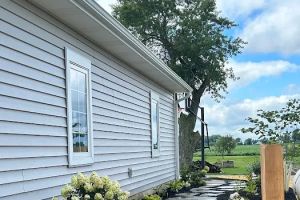

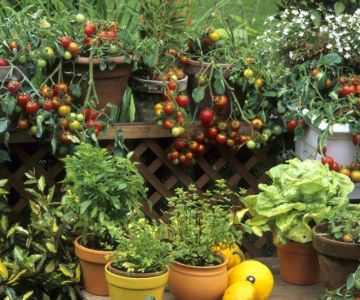

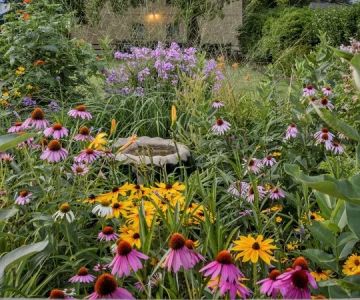
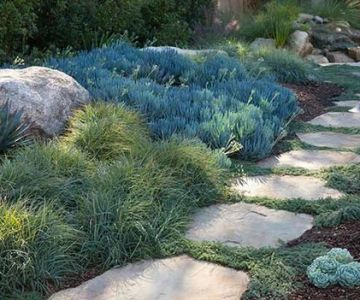
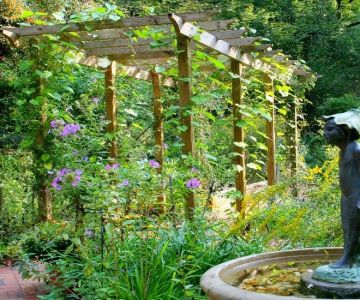
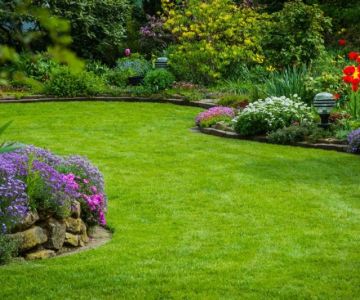
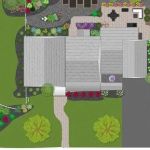 Blomquist Landscape & Design5.0 (5 reviews)
Blomquist Landscape & Design5.0 (5 reviews)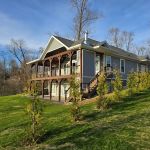 Kustom Detail Landscaping & Excavating4.0 (18 reviews)
Kustom Detail Landscaping & Excavating4.0 (18 reviews)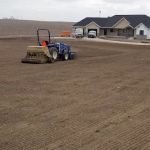 Totalscape Lawn Care5.0 (3 reviews)
Totalscape Lawn Care5.0 (3 reviews) Platinum Patio and Pavers5.0 (31 reviews)
Platinum Patio and Pavers5.0 (31 reviews)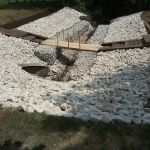 Hearns Landscaping & Lawn Maintenance5.0 (1 reviews)
Hearns Landscaping & Lawn Maintenance5.0 (1 reviews) Reid's Landscapes3.0 (5 reviews)
Reid's Landscapes3.0 (5 reviews)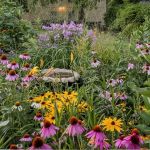 How to Design an Eco-Friendly Landscape Using Native Flora
How to Design an Eco-Friendly Landscape Using Native Flora How to Choose Outdoor Seating That Complements Your Garden
How to Choose Outdoor Seating That Complements Your Garden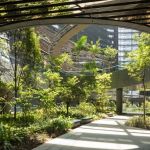 How to Design a Landscape That Complements Architecture: Expert Tips and Ideas
How to Design a Landscape That Complements Architecture: Expert Tips and Ideas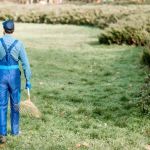 How to Revive a Neglected Lawn Step by Step
How to Revive a Neglected Lawn Step by Step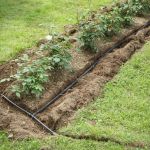 How to Plan a Landscape for Easy Irrigation and Drainage
How to Plan a Landscape for Easy Irrigation and Drainage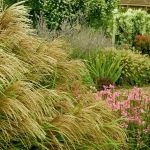 How to Use Native Grasses for Texture & Movement in Your Garden
How to Use Native Grasses for Texture & Movement in Your Garden